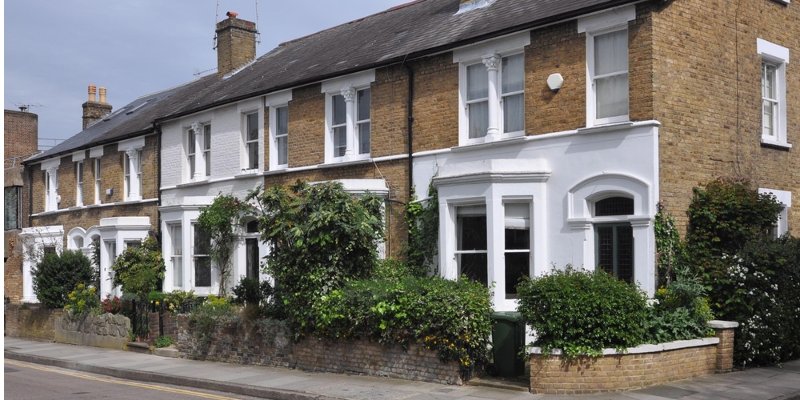In the previous year there was also an increase of 5%.

Residential stamp duty land tax (SDLT) transactions increased by 7% to 240,300 from Q1 to Q2, HMRC’s Quarterly Stamp Duty Land Tax Statistics have shown.
In the previous year there was also an increase of 5%. Residential transactions were 3% lower than in Q2 2018. The majority (90%) of all SDLT transactions were for residential properties.
Kate Davies, executive director of the Intermediary Mortgage Lenders Association, said: “Although the government has already taken steps to limit the impact of stamp duty on first-time buyers, this tax remains a major barrier for older homeowners who want to downsize.
“There is a whole generation of asset-rich but cash poor people approaching retirement. Downsizing is a great way for many of them to free up cash for later life.
“Removing stamp duty for these so-called ‘last-time buyers’ would help those who want to downsize to move into smaller, more manageable properties for retirement. It would also increase the availability of larger houses suitable for growing families and ease the movement in our housing market.”
Transactions increased by 6% from 253,900 in Q1 to 267,900 in Q2 2019. This mirrors an increase of 4% over the same period last year.
However, transactions were 3% lower than in Q2 2018.
First-time buyer relief was introduced in November 2017 and applies to purchases of dwellings for £500,000 or less, provided the purchaser has never owned a property and intends to occupy the property as their only or main residence.
Under the relief, transactions valued at £300,000 or less are not liable.
Transactions valued at more than £300,000 but less than £500,000 are liable to pay 5% SDLT on the portion over £300,000
The estimated total amount of first-time buyer relief was £124m, a 13% increase on Q1 2019.
Some 52,600 (22%) residential transactions claimed first-time buyer relief in Q2 2019, similar to a 21% figure for Q2 2018.
The 3% stamp duty land tax introduced in April 2016 applies to second homes and buy-to-let properties.
These transactions increased by 3% to 52,700 this quarter. This period last year had a 1% fall. Compared to Q2 2018, it has fallen by 3% (1,800).
Davies added: “Private landlords across the UK are under significant pressure from a layering of tax changes that includes the additional 3% stamp duty surcharge on second homes.
“As these figures show, this levy continues to deter many buyers from entering this market and prevents small-scale landlords from investing to grow their portfolios.
“It is critical that the government puts the brakes on any further legislation that could restrict the Private Rental Sector (PRS).
“Our recent report on buy-to-let shows that this market could be topping out and measures like the stamp duty land tax are putting immense pressure on private landlords.
“There are unintended consequences of squeezing the PRS in order to boost homeownership, not least driving up rents and limiting the choice for tenants across the country.”



